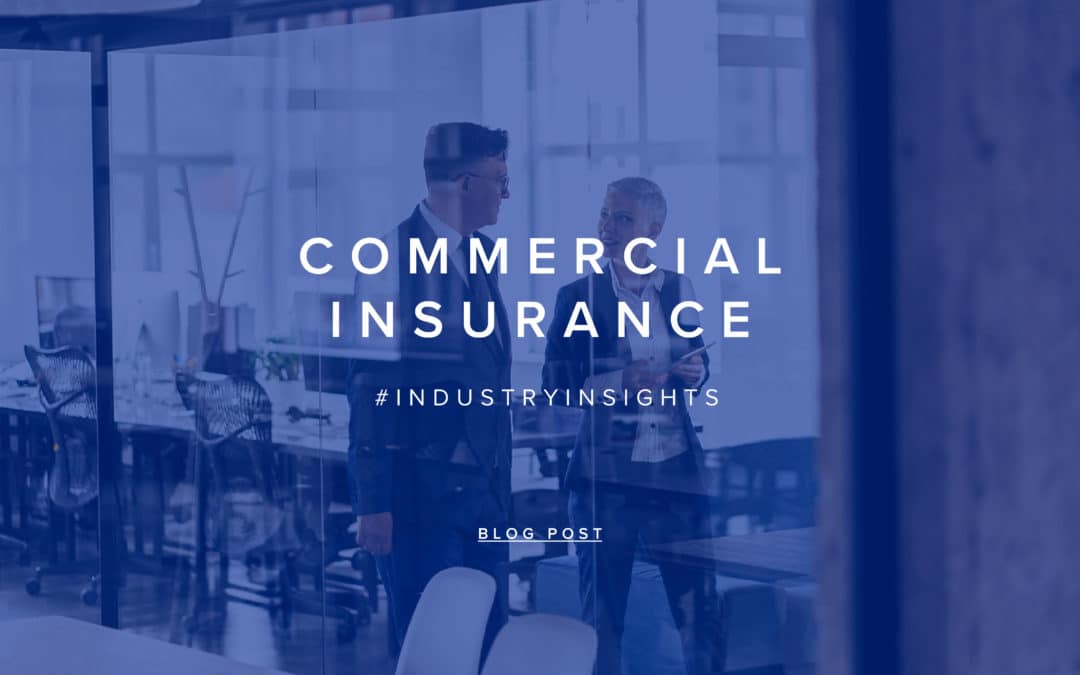Protect your business with property insurance
Your livelihood is dependent on the survival of your business, so it is imperative that you protect it against any potential threat – big or small. Potential threats could include a fire could destroy your business’s warehouse and the contents inside, or a burst frozen pipe could damage important documents and valuable papers. Worse, you could have trouble paying your employees during a loss because your funds are devoted to repairing damage. If self-insuring is not an option, you should consider securing property insurance.
Types of property you may need to insure
Property insurance coverage comes in many forms and should be selected to suit your specific needs. Before purchasing coverage, take a complete inventory of all your business property to determine how much you need to insure. This important step ensures you will have adequate coverage to continue your business in the event of a covered loss. Examples of property you should cover include:
- Buildings and other structures (leased or owned)
- Furniture, equipment and supplies
- Inventory
- Money and securities
- Records of accounts receivable
- Leasehold improvements and betterments you made to the rented premise
- Machinery/boiler
- Electronic data processing equipment (for example, computers, etc.)
- Valued documents, books and papers
- Mobile property (for example, construction equipment, etc.)
- Property in transit
- Cargo
- Satellite dishes
- Signs, fences and other outdoor property not directly attached to the building
- Intangible property (for example, goodwill, trademarks, etc.)
- Business contingency for suppliers
- Ordinary payroll
- Extra expenses as a result of loss
Types of property insurance policies
Basic property insurance covers losses due to fire or lightning. This includes the cost of removing property as a way to protect it from further damage. Should you want to purchase more than basic coverage, you can buy a standard policy that provides coverage for extended perils. Examples of extended perils include floods, windstorms, hail, earthquakes, acts of terrorism, explosion, riots, smoke, civil commotions and vehicles that damage your property. Beyond that, you can include coverage for vandalism and malicious mischief.
Are you buying enough?
One of the most important aspects of purchasing property insurance is making sure that you have purchased enough coverage to be adequately protected. A typical policy will provide the replacement cost value for your building and the actual cash value for your business property. Replacement cost value is the amount that is necessary to replace or rebuild your building or repair damages with similar materials, without considering depreciation. Actual cost value, on the other hand, is the value of your property when it is damaged or destroyed. You can typically determine this amount by subtracting the depreciation from the replacement cost value.
Most property insurance policies include a coinsurance clause. This requires that you, the policyholder, share the cost of covered services up to a moderate percentage of the actual cash value of the property. This will allow you to receive full coverage for your losses. Should you decide to purchase inadequate coverage for your property, you may be obligated to pay a percentage of all losses, even if they are listed in the policy.
Lawrie Insurance Group Inc. understands that determining your business’s value is critical, so we’re here to help. Contact us today to learn more about our property insurance and loss control solutions to protect your business.

